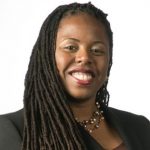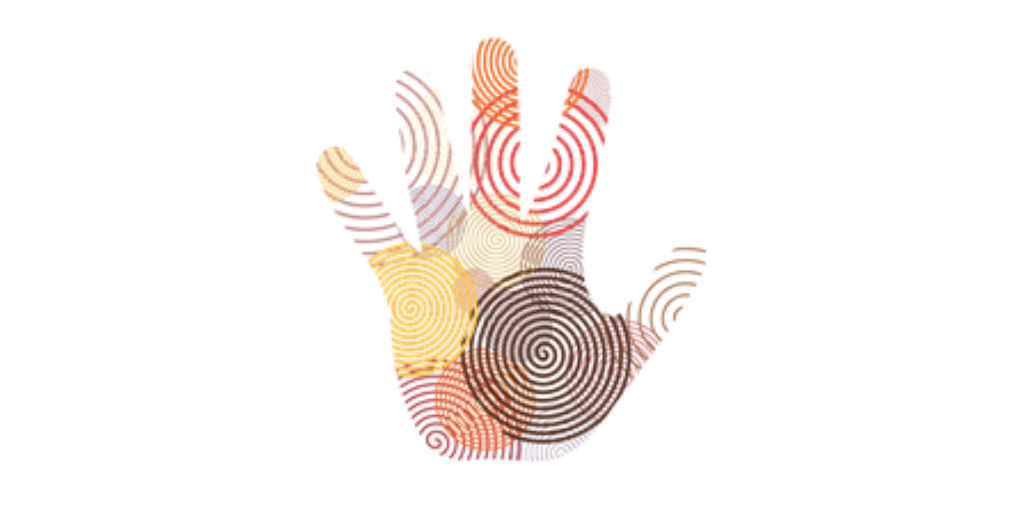“Diverse groups create stronger science. Diverse in race and gender, but also in thought and lived experience”
Kupiri Ackerman-Barger, PhD, RN, CNE, FAAN

This fall, Dr. Kupiri Ackerman-Barger is a special guest of the Johns Hopkins School of Nursing, brought to us by the Teaching and Learning as Pathways to Diversity, Equity, and Inclusion working group. In this critical moment of history, she’s facilitating a three-part series to lead us in difficult conversations: “Excellence in Diversity, Inclusion and Health Equity: Skills to Become Equity-Minded Nurses.” Although the sessions were set in motion early in 2020, now these lessons are absolutely imperative.
Kupiri Ackerman-Barger, PhD, RN, CNE, FAAN, is the Associate Dean for Health Equity, Diversity and Inclusion at University of California Davis Betty Irene Moore School of Nursing. She is also an Associate Clinical Professor and the Director of Faculty Development for Education and Teaching.
Read on to learn about Dr. Ackerman-Barger’s journey into nursing, health equity and social justice, and how she’s creating diverse and inclusive environments.
Where did your journey into nursing and health equity begin?
In nursing school, my professor talked about race and ethnicity as risk factors for cardiovascular disease. Even in my 20s that didn’t make sense to me. I could not understand how that could be right, when there are Black people all over the world that do not have the same health outcomes as African Americans. That is when I understood the importance of health equity.
As a nurse educator students of color reached out to me and told me how they did not feel included in nursing. I have had some of those same experiences in nursing school myself. It was a common theme, pervasive across the country, and many faculty did not even realize it. Therefore, I see social determinants of health and inclusive classrooms as being woven together.
What can institutions do to help shift their culture so that they can begin to have diverse, equitable, and inclusive environments for teaching and learning?
That really is the million-dollar question… the answer is not quite so simple. There are so many different kinds of structures that we are up against, like structural and institutional inequities and racism and interactions between people. We need to focus on all of them, it is very complicated.
We are in a unique time. We are having conversations in a new and different way, but they are still not as robust as they need to be. Organizations need to make clear and strong statements about what we are about and what we intend to do.
A lot of times “diversity and inclusion” are euphemisms… people don’t feel comfortable saying “racism,” “inequities,” or “oppression.” We need to name the thing and engage in those conversations.
A lot of times “diversity and inclusion” are euphemisms… people don’t feel comfortable saying “racism,” “inequities,” or “oppression.” We need to name the thing and engage in those conversations. Institutions need to be committed to having the difficult conversations. We have to walk the walk. Schools of nursing need to have a strategic plans as well as action plans for diversity, equity, and inclusion. It needs to be tackled from the top down and the bottom up and bring in the sides as well.
What resources would you recommend to help nursing faculty and clinical instructors transform their pedagogy to be more inclusive of all communities?
There are several resources that have been around for a lot time. For pedagogy – Dr. James Banks and the Multicultural Educational Models. For education equity and to help teachers to meet the learning needs of a diverse student body, Dr. Geneva Gay and Culturally Responsive Teaching and Marian K. Yoder and Instructional Responses to Ethnically Diverse Nursing Students. It also helps to understand the foundation of our medical knowledge.
We need to look at hierarchies and power – works by Robin DiAngelo and Ibram X. Kendi – understanding whiteness and White privilege, and expectations that have been normalized based upon whiteness. It does not mean White folks are all racist. But we have to acknowledge that our culture and our systems have been set up to give White people an advantage over people of color. If we are going to have a real conversation about this, we have to acknowledge that.
How can nursing instructors and faculty begin to shift their mindset about the root causes of health disparities?
A lot that has to do with identity work. As clinical nursing instructors, we think that our experiences are the experience. We think, The way that I was taught is the way I should be teaching, The way I learned is the way everyone should learn.
That is a fallacy. You need to find out what is right for your students. There is a certain amount of humility that goes with this. It is a reciprocal relationship we have with every patient, student, or colleague, and every interaction can be transformational.
What would you say are the effects of not participating in diversity and inclusion work?
Doing things the way we have always done them, we are going to get the same outcome. That means if you are not changing, if you are not upping your skills and your ability to change the system, you then remain part of the problem.
There is no room for being passive. There is no room for staying within the status quo. The risk is that by doing nothing, you allow health disparities to continue to exist. You can be part of the problem or you can be part of the solution.
You can be part of the problem or you can be part of the solution.
What is one piece of advice would you give faculty and staff who participate in this workshop or read this blog?
Some may be afraid to do this work because they think that we are accusing them of racism, sexism, or homophobia. That is not the case for this workshop. It is designed for us to be introspective.
We expect the magic of diversity to just happen. This work can be hard and also deeply rewarding.
We expect the magic of diversity to just happen. This work can be hard and also deeply rewarding. I hope that people can come out of this workshop with the realization that this work is not all unpleasant. A lot of it is really pleasant. I hope that we can start a dialogue and begin to learn the skills that we need to really appreciate the things that are different about each other.
Excellence in Diversity, Inclusion and Health Equity: Skills to Become Equity-Minded Nurses
- Session 1, September 23: The Intersection of Diversity, Inclusion, and Health Equity: Skills to Become Equity-Minded
- Session 2, October 14: Coalition Building to Mitigate Systemic Racism in Healthcare (Townhall)
- Session 3 November 11: Curriculum and Teaching Reform to Promote Health Equity
Read More:
- Admissions Talks: What Does “Diversity, Equity, and Inclusion” Mean to Admissions?
- HEED Award for Excellence in Diversity
- We’re All Ears for Dialogues in Health Equity

ABOUT THE AUTHOR: JOYELL ARSCOTT
Joyell Arscott, PhD, RN, ACRN, is an HIV Epidemiology post-doctoral fellow at The Johns Hopkins Bloomberg School of Public Health (T32AII02623). She earned her PhD in Nursing from Duke University in 2018. She applies a health equity lens to examine the historical impact of social, structural, and institutional factors that contribute to the health inequities in marginalized populations, particularly African American/Black, sexual and gender, minority adolescents and young adults. Her scholarship aims to understand the impact that cumulative trauma has on the HIV risk, sexual decision-making for young adults and adults from underserved communities, especially persons with intersecting identities.
